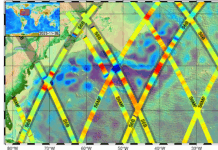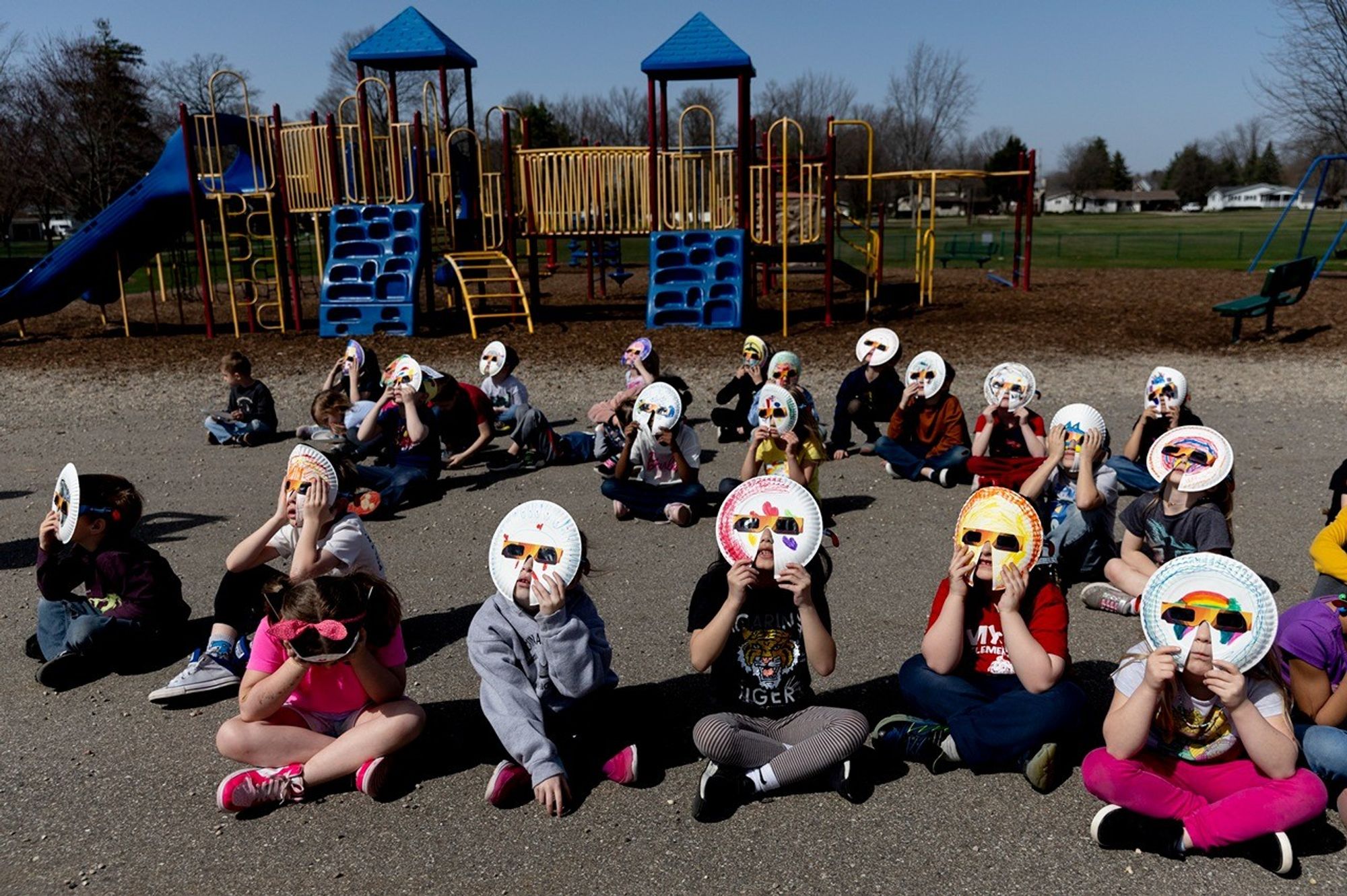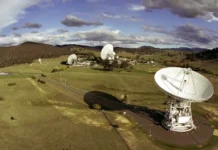On April 8, 2024, a spectacular solar eclipse graced the skies from Mexico, traversing the United States, and extending into Canada, captivating the attention of millions. This awe-inspiring event was not only a visual feast for sky gazers but also a well-coordinated educational opportunity. Numerous astronomers, educators, and various organizations meticulously prepared to engage the public with this extraordinary celestial phenomenon. In the aftermath of the solar eclipse of 2017, there was a renewed enthusiasm to create a more engaging and informed experience for the audience.
One of the standout initiatives during this event was orchestrated by the NASA Heliophysics Education Activation Team, commonly referred to as NASA HEAT. This team introduced an innovative activity known as “Eclipse Essentials: Safe and Stylish Solar Viewing Glasses.” The activity was first piloted in Albuquerque, New Mexico, during the Balloon Fiesta, coinciding with the annular eclipse of October 2023. This initial run served as a testing ground to refine and enhance the experience, ensuring that both children and adults could safely and stylishly enjoy the solar eclipse.
The primary tools for this activity included solar viewing glasses, which are essential for safely observing the sun during an eclipse. These glasses are specially designed to filter out harmful ultraviolet and infrared rays, protecting the eyes while allowing viewers to see the sun in all its glory. Along with the glasses, participants were provided with a paper plate and various drawing and decoration supplies. The combination of these materials offered an engaging, hands-on experience, where visitors could craft their own personalized solar viewing apparatus.
During the Albuquerque event, the NASA tent became a hub of activity. People of all ages gathered around the heliophysics tables, eager to learn and participate. The positive feedback from this experience was overwhelming, indicating a successful engagement strategy. Encouraged by this success, NASA HEAT took proactive steps to refine the “face shield” activity, aiming to make it more accessible and educational. Detailed trainings were provided to numerous educators and outreach personnel in the weeks leading up to the April 2024 eclipse, ensuring that they were well-equipped to guide participants through the activity.
### Understanding Solar Eclipses
For those unfamiliar with the concept, a solar eclipse occurs when the Moon passes between the Earth and the Sun, temporarily obscuring the Sun’s light. There are different types of solar eclipses, including total, partial, and annular eclipses. In a total solar eclipse, the Moon completely covers the Sun, casting a shadow on Earth and turning day into night for a brief moment. This is a rare and mesmerizing event that attracts avid sky watchers from around the world.
In contrast, an annular eclipse happens when the Moon covers the center of the Sun, leaving a ring-like appearance, often referred to as a “ring of fire.” This occurs because the Moon is at a point in its orbit where it is farther from Earth, making it appear smaller in the sky and unable to completely block out the Sun.
### Why Eye Protection is Crucial
Viewing a solar eclipse without proper eye protection can result in severe damage to the eyes. The intense light can cause permanent damage to the retina, potentially leading to vision impairment or blindness. This is why solar viewing glasses are an indispensable tool during such events. These glasses must meet the international standard for safety, ensuring they adequately block harmful rays.
### The Impact of Educational Initiatives
The efforts by NASA HEAT and similar organizations to educate the public about safely viewing solar eclipses play a crucial role in science communication. By engaging in such innovative and interactive activities, they help demystify complex scientific phenomena, making them accessible and enjoyable for everyone. These initiatives not only spark curiosity about astronomy but also foster a deeper understanding of our universe.
Furthermore, by incorporating creative elements like decorating solar viewing glasses, NASA HEAT taps into the artistic side of participants, making the learning process more enjoyable and memorable. This blend of art and science helps to capture the imagination of young learners, potentially inspiring future generations of scientists and astronomers.
### Additional Insights and Reflections
The 2024 solar eclipse serves as a reminder of the beauty and complexity of the universe we inhabit. It also highlights the importance of preparedness and education in maximizing the experience of such rare events. By leveraging modern technology and creative educational strategies, organizations like NASA HEAT are setting new standards in public engagement and science education.
In the digital age, where information is readily available at our fingertips, it’s crucial to ensure that this information is accurate and accessible. Initiatives like “Eclipse Essentials: Safe and Stylish Solar Viewing Glasses” are exemplary models of how science communication can be both informative and engaging.
For those interested in exploring more about solar eclipses and other celestial events, resources such as the NASA website offer a wealth of information. These platforms provide not only scientific data but also insights into upcoming astronomical events, allowing enthusiasts to plan their own viewing experiences.
### Conclusion
The solar eclipse of April 8, 2024, was not just a celestial event; it was a testament to the power of collaborative efforts in science education. The dedication of teams like NASA HEAT in creating safe and engaging learning experiences ensures that such events are not only observed but also understood and appreciated by all. As we look forward to future eclipses, the lessons learned from this event will undoubtedly shape the way we engage with the wonders of the cosmos.
For more detailed information and resources on solar viewing and upcoming astronomical events, interested readers can visit the official NASA website. This platform continues to serve as a valuable resource for anyone looking to expand their knowledge of the universe and its breathtaking phenomena.
For more Information, Refer to this article.


































